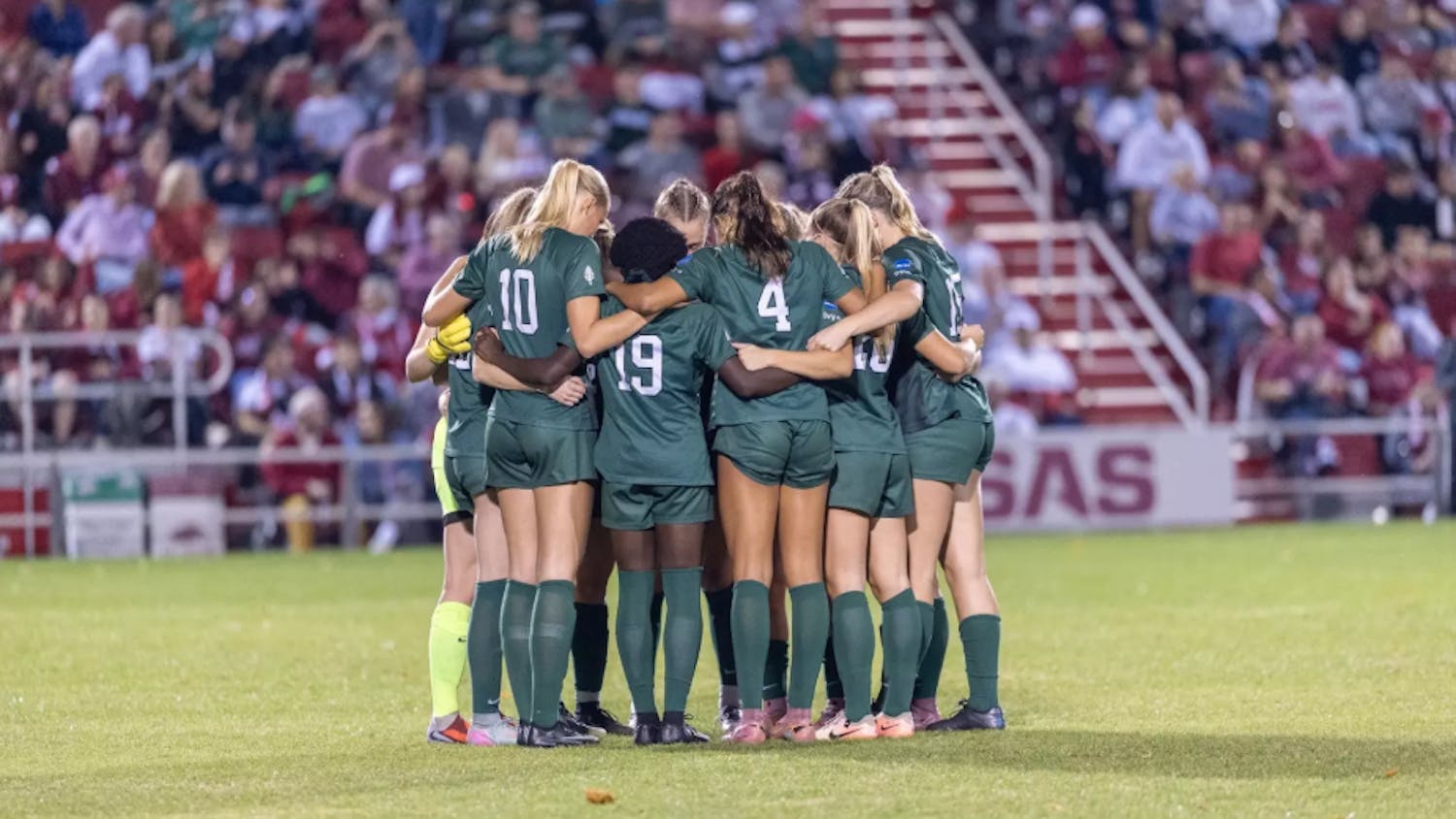Two days ago, I walked into Collis bright and early in the morning to find about six people huddled around the television watching the Tour de France. Being a recently-converted Tour de France fan myself, I stopped to see how the race was shaping up in the 16th stage. I stood there for five minutes, and as I turned around to go get my egg-and-cheese sandwich, I realized that another ten people had done the same thing I had and stopped to watch.
To say the very least, Lance Armstrong has tremendously revolutionized the way that Americans treat cycling. A sport that was glossed over only ten years ago now has people saying, "peloton."
In his final appearance at cycling's ultimate test, Armstrong will walk away knowing that he has become an icon of greatness and an obvious spokesman for the battle against cancer. He has absolutely dominated the sport of cycling with flair and style alongside his rock-star girlfriend, and while founding a charitable foundation bearing his name. Even my best friend's Japanese mother is wearing one of those oh-so-trendy yellow LiveStrong bracelets.
It is clear that Armstrong's prominence in sports will not end in a week when he finishes what might well be his seventh Tour de France win. His prominence will not even falter in the next decade because his legacy will transcend across generations.
Many American sports viewers wonder what will happen to U.S. cycling once Armstrong retires, but in a recent Associated Press article, Armstrong was optimistic.
"Everyone thought that American cycling was going to really suffer," he said, speaking of three-time Tour winner Greg LeMond's retirement, "and then that didn't end up being the case. We had another wave of good young riders come through."
But one gets the sense that Armstrong's achievements will leave an even more lasting imprint on the sport he has popularized for so many years.
He has brought a traditionally European sport to America in a move that is sure to change the very face of competitive cycling. Younger and younger children are choosing cycling as their primary sport, a feat that was unheard of when most kids opted for the more traditional American sports such as baseball, football, swimming or soccer.
Indeed, a recent ABC television special acknowledged this new surge in the youth cycling movement, as it tracked four families with children of different ages flying around the country to compete in bike races.
Lance Armstrong has developed a new tone for youth sports. With more and more colleges initiating competitive cycling programs, I think anyone would be hard-pressed to believe that it is not the work of Mr. Armstrong's absolute whirlwind dominance in the sport. It also helps that he is one of the most likeable athletes in America right now. He cheers on and encourages his teammates, takes good care of his children on tour, has battled through cancer--a trait that makes him relatable to many people across America--and carries on with life never losing that trademark smile of his.
In an era when so many athletes are taking illegal performance-enhancing substances, Armstrong has steered clear of them despite false tabloid accusations prior to the start of the Tour de France this year. He is a true role model of perseverance and selflessness, which is hard to come by these days in the world of athletics.
With quiet determination, Armstrong has achieved amazing victories on and off the road. He has captured the attention of an entire generation with his historic feats while bolstering the popularity of a sport that will define his legacy.



